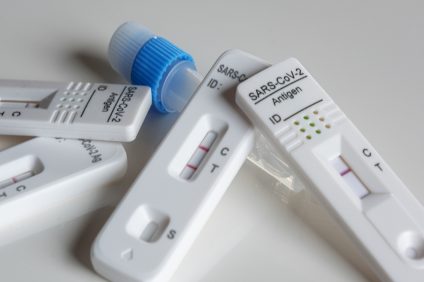Among the most current questions, at the beginning of this year, one is the following: what is the difference between Moderna and Pfizer vaccines? On 21 December, the European Medicines Agency approved the Pfizer vaccine. On January 7, approval also came for the serum Modern (already administered in Israel, Canada and the USA). And here, the experts, have tried to clarify by explaining in what the two vaccines are similar and in what they are different.

Differences between Pfizer and Moderna vaccines, the words of Locatelli
At the press conference, the president of the Higher Health Council Franco Locatelli explained the differences between the Pzifer and Moderna vaccines. But also their similarities. Calling them equally safe, he explained how they both rely on messenger RNA technology (or mNRA), already used against Sars and Mers. With a single-stranded structure, this particular type of ribonucleic acid carries a copy of the messenger present on a gene from the nucleus to the cytoplasm. The main differences? The vaccine Modern has been approved for the majors of 18 years and the two doses (100 micrograms each) are administered at a distance of 28 days , the vaccine Pfizer can be administered to the greater than 16 years with an interval of 21 days between doses (30 micrograms each). Coronavirus protection is guaranteed after 7 days from the second dose (Pfizer) and after 14 (Moderna).

Components and operation
A more detailed explanation was given Anthony Cascio, director of the Infectious Diseases Operating Unit of the Giaccone Polyclinic and professor of Infectious Diseases at the University of Palermo. “In both vaccines, the messenger RNA is encapsulated in liposomes and was produced in the laboratory (without using animal cells, bacteria or viruses) by in vitro transcription from the corresponding DNA template, which encodes the SARS-CoV-2 viral spike protein. Specifically, liposomes are nanoparticles of fat. They protect mRNA from degradation and allow it to penetrate human cells. The sucrose present, on the other hand, prevents the fat molecules from aggregating. While the salts keep the PH at the level of that of the human body. Neither the Pfizer vaccine nor the Moderna vaccine contain egg proteins, bacteria or viruses. The side effects are similar, and the tolerability too.

Conservation method
The differences between Pfizer and Moderna vaccines are mainly related to storage, due to the different composition of liposomes. If the Pfizer serum is to remain a - 75 ° C about, so much so that it is shipped by the pharmaceutical company inside boxes with dry ice and gps sensors - the Moderna serum resists up to six months -30 ° C and for thirty days at a temperature of 2 - 8 ° C. A second difference concerns the price: the Moderna costs 31 euros per dose, the Pzifer 17 (however, the costs are higher in terms of transport and storage).
The effectiveness is 95% for both, but the Moderna serum has been shown to be 100% effective against the most severe forms of Covid-19.





